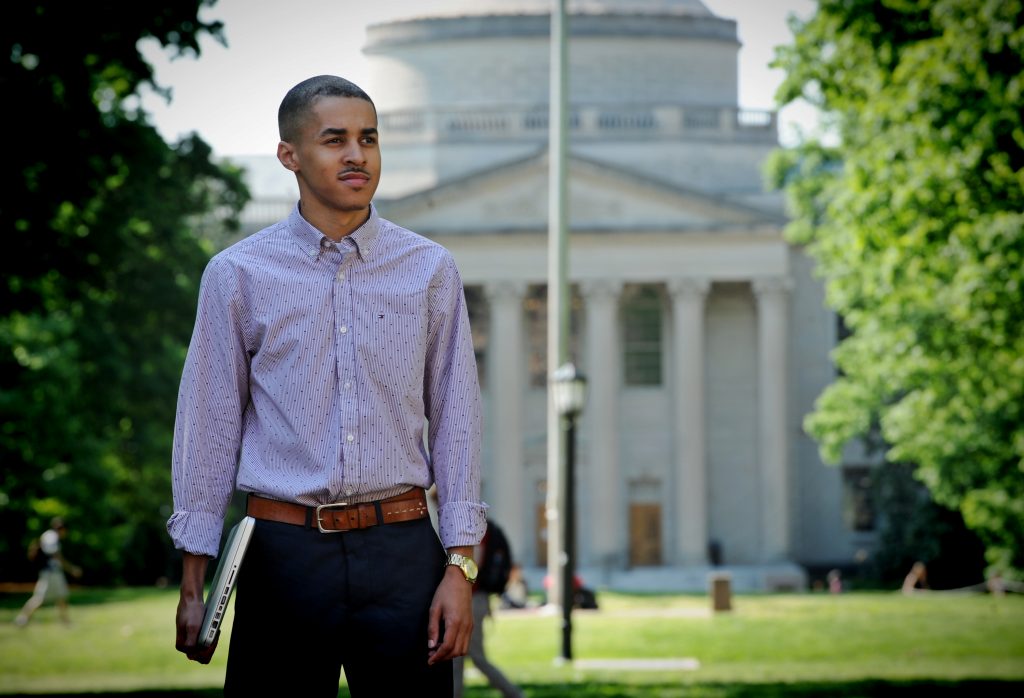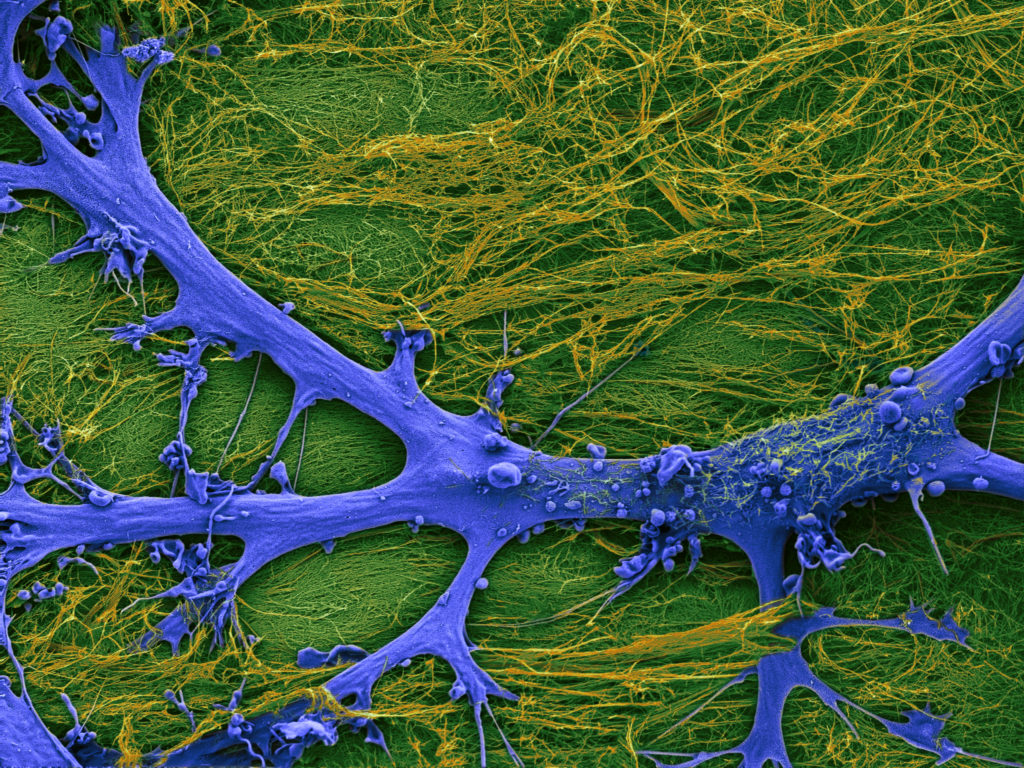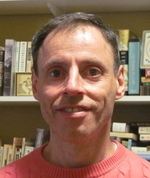
Right after graduating from Boston University with a degree in film and television production, Casey Berger packed up and headed out west with aspirations of becoming a film producer.
But when Hollywood turned out to be a bad fit for the Columbus, Ohio native, she started looking for a different career path.
“When I thought about going back to school, the two things that came to mind were math and sciences,” she said. “The more research that I did, I realized that I could do both if I did physics.”
Berger’s reassessment has led her to the University of North Carolina at Chapel Hill where, this fall, she will start working toward a Ph.D. in physics as a member of the Graduate School’s Royster Society of Fellows.
She is among the incoming class of 29 doctoral students selected from around the world to receive five-year fellowships within the Royster Society of Fellows. Members of the Royster Society are selected based on their academic performance, research, work, and service and life experiences. While at Carolina, they receive financial support and participate in an active community of graduate students in programs across the campus.
“I’m honored to receive it,” Berger said. “It was a really big vote of confidence.”
Interested in quantum many-body physics, which studies the interactions of subatomic particles, Berger will be working under the tutelage of Joaquin Drut of the Department of Physics and Astronomy in the College of Arts and Sciences.
But up until three years ago — after graduating from Boston University with a double major — Berger hadn’t even taken a college science class. Although she was interested in the sciences growing up, she hadn’t thought about pursuing it in college.
“Somewhere in middle school or high school, I got the idea that I may really like science, but I wasn’t good enough to do it as a career,” she said. “I had a lot of misconceptions on what a scientist was. I kind of envisioned a person alone in a lab with a white coat mixing chemicals.”
Berger was initially interested in working in the film industry as a producer. But when the job didn’t live up to her expectations, she returned home to attend Ohio State University in 2012 to try her hand in the sciences.
During the summer before her final year in Ohio State, Berger enrolled in a Computational Astronomy and Physics Research Experiences for Undergraduates program at Carolina, where she focused on computational astronomy and physics. During the program, she became more interested in quantum physics — and interested in UNC-Chapel Hill.
“[Quantum many-body theory] really has a broad range of applications, which I like,” she said. “I won’t just be working on one problem for the rest of my life. It is a nice border of astrophysics, nuclear physics and particle physics.”
While she excelled in the physics program at Ohio State — eventually graduating summa cum laude with research distinction in physics — she quickly picked up on a glaring issue: there were significantly fewer women than men in her classes.
“My very first class at Ohio State, I went into this big lecture hall and the room started to fill up — there were about a hundred people in there — and I couldn’t find any girls,” she recalled. “It wasn’t something that I was very much aware of until I started at OSU.
“When you think of scientists, you kind of think ‘white male.’ But it wasn’t until I had that very visceral experience of ‘Oh my God, if I speak up, I’m representing all the women because there are only five of us.’ It really puts pressure on you in a way that you don’t expect.”
The lack of women in the field led her to join the university’s Society for Women in Physics as co-chair for two years and to volunteer with science outreach programs to help improve the status of women and underrepresented minorities in physics.
Ultimately, Berger aspires to become a professor as a means to mentor and provide more outreach, but in the meantime she hopes to work with high school students to engage them in science and encourage them — regardless of gender or race — to continue in the sciences.
“It’s a difficult world to break into when you don’t look like anyone who is already there,” she said.
By Brandon Bieltz, UNC Office of Communications and Public Affairs
This story is part of the “New Year, New Faces” series. As UNC-Chapel Hill prepares to begin a new fall semester, UNC Communications profiles some of the new Tar Heels who will be looking to innovate, educate, serve – and change the world.



